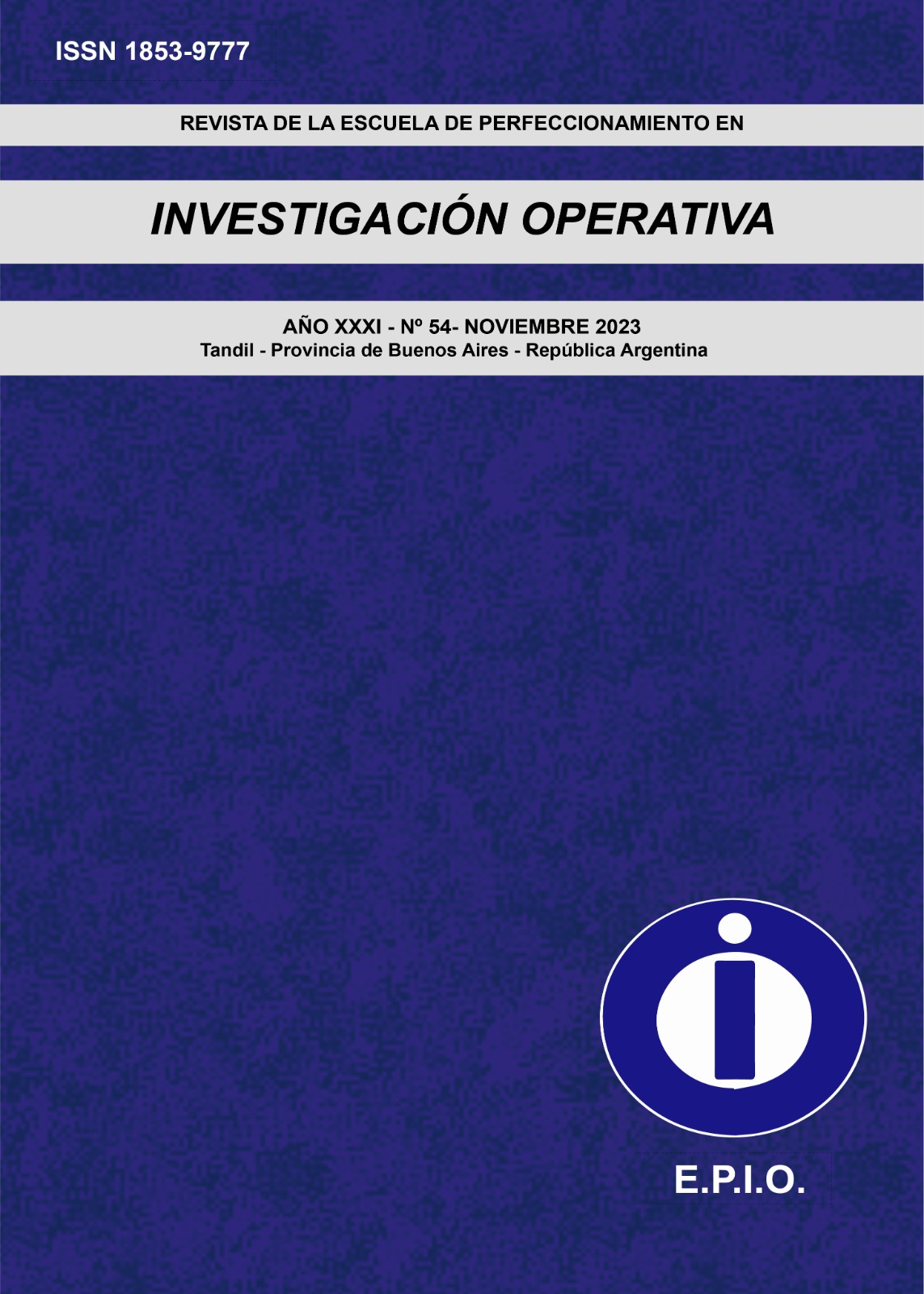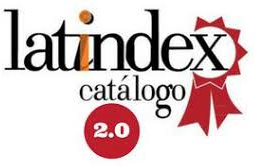Modelo multi-objetivo difuso que incorpore las energías renovables. Aplicación de la metaheurística EPSO
Keywords:
multi-objective optimisation, evolutionary particle swarm optimisation, fuzzy sets, fuzzy dynamic programming, energy returned on investmentAbstract
This paper develops an optimisation model for the optimisation of a system based on the Energy Returned On Investment (EROI) of the system. A standardised and flexible methodology is sought, which is feasible and viable (technically and environmentally) to make comparisons and decisions in order to minimise the environmental impact. The Life Cycle Analysis method is applied to determine the technological coefficients (EROI) and the objective function. With these data, a Mathematical Model is made, defining the state variables, auxiliary variables and adjustment parameters necessary to study the problem. A Posibilistic Model based on Multiobjective Fuzzy Dynamic Programming is applied, by means of the maximisation of the Hamacher's t-norm product, solved by means of the EPSO Metaheuristic. The most satisfactory investment of the Argentine Energy System is sought based on the generation sources: Nuclear, Fossil, Hydraulic, Solar and Wind. The aim is to guarantee energy and environmental sustainability, defining some criteria and influential factors in the medium and long term, with the intention of deepening and improving it in future research work.
Downloads
References
Camargo, F. G. (2019a). Metodología regulatoria para propiciar la eficiencia energética desde el lado de la oferta en sistemas de distribución de energía eléctrica, 32, 1-330. Fundación Suyay. Recovered from http://hdl.handle.net/20.500.12272/7010
Camargo, F. G. (2021b). Survey and calculation of the energy potential and solar, wind and biomass EROI: application to a case study in Argentina. DYNA, 88(219), 50-58. https://doi.org/10.15446/dyna.v88n219.95569
Camargo, F. G. (2022c). Dynamic Modeling of The Energy Returned On Invested. DYNA, 89(221), 50-59.
Camargo, F. G. (2022d). Fuzzy multi-objective optimization of the energy transition towards renewable energies with a mixed methodology. Production, 32, e20210132. https://doi.org/10.1590/0103-6513.20210132.
Camargo, F. G. (2023e). A hybrid novel method to economically evaluate the carbon dioxide emissions in the productive chain of Argentina. Production, 33. http://dx.doi.org/10.1590/0103-6513.20220053
Camargo, F. G., & Schweickardt, G. A. (2014). Estimación de la tasa de retorno energético: Análisis comparativo de las metodologías disponibles en la actualidad. https://publicaciones.ucuenca.edu.ec/ojs/index.php/maskana/article/view/575
Camargo, F. G., Casanova Pietroboni, C. A., Pérez, E., & Schweickardt, G. A. (2019). Metodología regulatoria para propiciar la eficiencia energética desde el lado de la oferta con penetración de fuentes primarias de energías renovables. Parte 1: Descripción y alcance del modelo de optimización. https://ria.utn.edu.ar/handle/20.500.12272/5349.
Camargo, F. G., Sarroca, E., Faure, O., Argañaraz, F. D., Cabana, J. A., Karam, C., Sosa, G., Romero, Y. R., Calbo, V., & Perez, E. A. (2023). Discusión de la teoría económica y su aplicación en modelos multidisciplinarios energéticos: Parte 1: Introducción a los métodos de decisión difusos. Revista De La Escuela De Perfeccionamiento En Investigación Operativa, 31(53). Recuperado a partir de https://revistas.unc.edu.ar/index.php/epio/article/view/41269
Camargo, F. G., Schweickardt, G. A., & Casanova, C. A. (2018). Maps of Intrinsic Cost (IC) in reliability problems of medium voltage power distribution systems through a Fuzzy multi-objective model. Dyna, 85(204), 334-343. https://doi.org/10.15446/dyna.v85n204.65836.
Downloads
Published
Issue
Section
License

This work is licensed under a Creative Commons Attribution-NonCommercial-ShareAlike 4.0 International License.
Atribución — Usted debe dar crédito de manera adecuada, brindar un enlace a la licencia, e indicar si se han realizado cambios. Puede hacerlo en cualquier forma razonable, pero no de forma tal que sugiera que usted o su uso tienen el apoyo de la licenciante.
NoComercial — Usted no puede hacer uso del material con propósitos comerciales.
CompartirIgual — Si remezcla, transforma o crea a partir del material, debe distribuir su contribución bajo la misma licencia del original.







